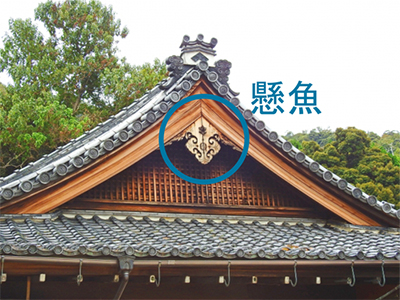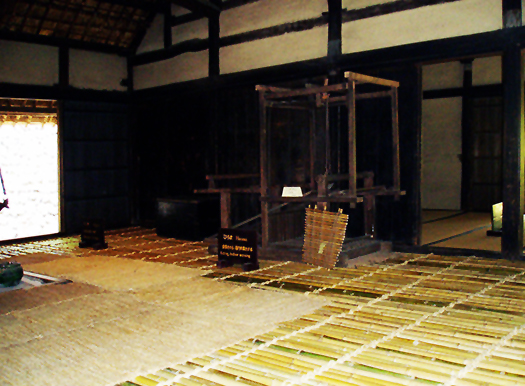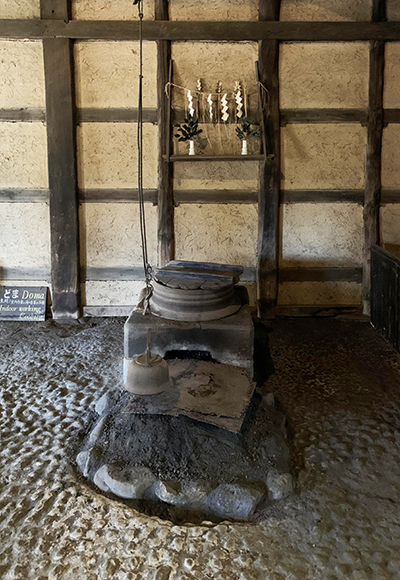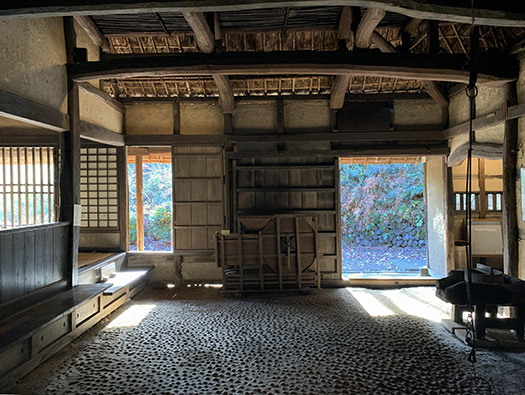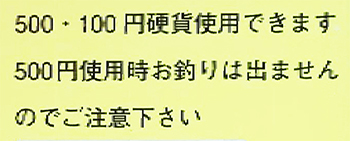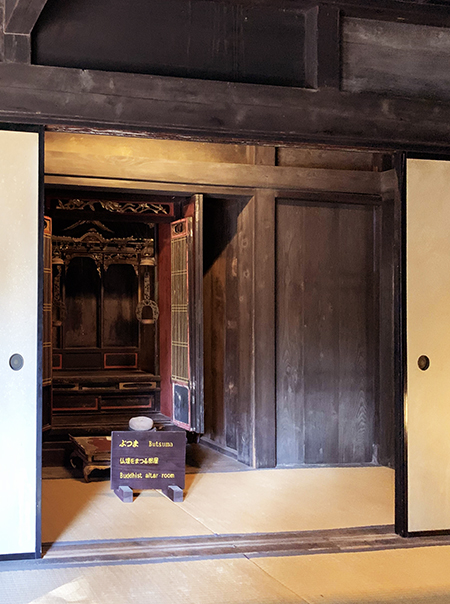

さて、既報のように北海道の住宅建築研究機関「北総研」が
木の外壁で「防火認定」を獲得した工法についてのWEBセミナーが昨日開催。
〜プログラム R3.2.9(TUE) 15:00 17:30
●第1部 北総研木外壁の開発経緯や特徴、
木質外装材を上手に活用するヒントについて説明します。
(1)「北総研防火木外壁」の概要について
道総研 北方建築総合研究所 糸毛 治
(2)省令準耐火構造の概要とフラット35について
住宅金融支援機構北海道支店 吉田道秀氏
(3)道内の木質外装材について
北海道木材産業協同組合連合会 内田敏博氏
(4)木質外装材のメンテナンスについて
道総研林産試験場 伊佐治信一
(5)質疑応答
●第2部 建築物を設計施工する際の
防火構造認定仕様、省令準耐火構造の適合に関する留意点を説明。
(6)「北総研防火木外壁」の各構成部材の仕様範囲について
道総研北方建築総合研究所 糸毛 治
(7)省令準耐火構造の詳細と防火処置について
住宅金融支援機構北海道支店 吉田道秀氏
(8)質疑応答〜
というような流れでのWEBセミナー。
北海道内の住宅技術研究者、住宅金融支援機構、木材生産者団体、そして
木材の品質管理研究者というそれぞれの立場から、
北海道住宅技術の総力を挙げた取り組みについてのアピールがされました。
WEBセミナーという慣れない環境ではありますが、
実直に語りかけられる様子は、北海道外からの多くの参加者にも伝わったと思います。
リアルであれば実際の木材を手に取って見ていただけるでしょうが、
しかし、画面に対して近接して外装木材を詳細に見せて
木口の様子とか、立体感、嵌め込み組み手詳細の説明など、
画面一杯に展開するそれなりの迫力があって、
引き込まれるような独特の雰囲気があったのではないかと思います。
また施工後のメンテナンスの留意点についてまでも専門的アドバイスがあり、
北海道総体としての住宅への「ものづくり」パワーが見えたと思います。
主催者側の中心の方からの情報では、参加者申込み総数は330名に達し、
しかもほとんど全ての申込者が実際にアクセスしていたということ。
<こういうWEBセミナーでは「目減り」が当たり前とのこと。
実際に申し込んだことも忘れるというのは自ら顧みてもよくある(泣)>
しかも「質疑応答」では非常に多くの質問が寄せられていて
可能な限り答えられていましたが、普通のWEBセミナーには見られない熱気感。
北海道内の作り手・工務店からはツーバイフォー工法への適応要請が強い。
この点についても、試験についてはすでに完了していて
認定手続き作業に入っているというアナウンスもありました。
全国の地域工務店にとって高性能住宅であってなお、
ユーザー訴求力の高い「木の外装」での防火認定は、
デザイン面でも大きなアドバンテージを獲得できるものと思います。
北海道総体は公共的研究機関も含めて強いバックアップを提供したい。
今回の「手づくり」イベントのこころみの輪が広がっていくことを期待したいです。
English version⬇
[HokuSoken “Fire Prevention Wood Outer Wall” WEB Seminar 330 people nationwide]
By the way, as previously reported, the Hokkaido housing construction research institute “Hokusoken”
A webinar was held yesterday on the construction method that obtained “fire protection certification” on the outer wall of wood.
~ Program R3.2.9 (TUE) 15:00 17:30
● Part 1 Development history and features of the Hokusoken wood outer wall,
Here are some tips on how to make good use of wood exterior materials.
(1) About the outline of “Hokusoken fire prevention wood outer wall”
Dosoken Northern Building Research Institute Osamu Itoge
(2) Outline of Ministerial Ordinance Semi-Fireproof Structure and Flat 35
Mr. Michihide Yoshida, Hokkaido Branch, Housing Finance Support Organization
(3) About wood exterior materials in Hokkaido
Mr. Toshihiro Uchida, Federation of Hokkaido Wood Industry Cooperatives
(4) Maintenance of wood exterior materials
Dosoken Forest Products Experiment Station Shinichi Isaji
(5) Q & A
● Part 2 When designing and constructing a building
Explained points to note regarding conformity with fireproof structure certification specifications and ministerial ordinance quasi-fireproof structures.
(6) About the specification range of each component of “Hokusoken Fire Prevention Wood Outer Wall”
Dosoken Northern Building Research Institute Osamu Itoge
(7) Details of the Ministerial Ordinance Semi-Fireproof Structure and Fire Prevention Measures
Housing Finance Support Organization Hokkaido Branch Mr. Michihide Yoshida
(8) Q & A ~
WEB seminar with such a flow.
Housing technology researchers in Hokkaido, Japan Housing Finance Agency, timber producer groups, and
From each standpoint as a wood quality control researcher
An appeal was made about the efforts of Hokkaido.
Although it is an unfamiliar environment called a webinar,
I think that the fact that he was able to speak honestly was conveyed to many participants from outside Hokkaido.
If it is real, you can pick up the actual wood and see it,
However, show the exterior wood in detail in close proximity to the screen
The state of Kiguchi, the three-dimensional effect, the detailed explanation of the fitting assembly, etc.
There is a certain amount of power that expands to fill the screen,
I think there was a unique atmosphere that made me feel drawn.
In addition, there is professional advice on points to keep in mind for maintenance after construction.
I think you can see the power of “manufacturing” for housing as a whole in Hokkaido.
According to the information from the center of the organizer, the total number of application for participants reached 330,
Moreover, almost all applicants actually accessed it.
There is a strong request from manufacturers and contractors in Hokkaido to adapt to the two-by-four method.
In this regard as well, the test has already been completed.
There was also an announcement that the certification process was underway.
Even though it is a high-performance house for regional construction shops nationwide,
Fire protection certification for “wooden exterior” that is highly appealing to users
I think you can get a big advantage in terms of design.
Hokkaido as a whole wants to provide strong backup, including public research institutes.
I hope that the circle of hearts of this “handmade” event will expand.
Posted on 2月 10th, 2021 by 三木 奎吾
Filed under: 住宅マーケティング, 住宅性能・設備 | No Comments »



